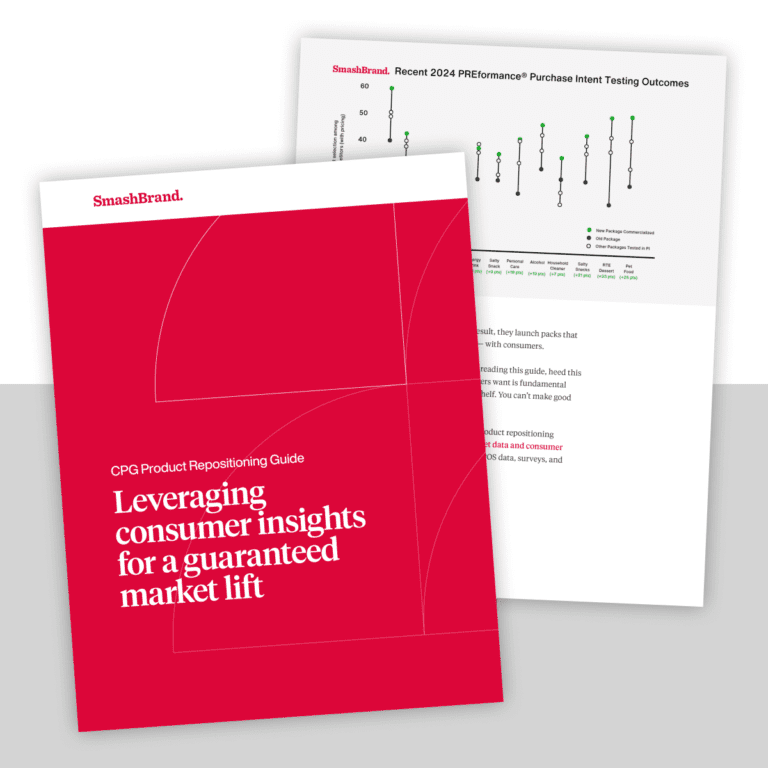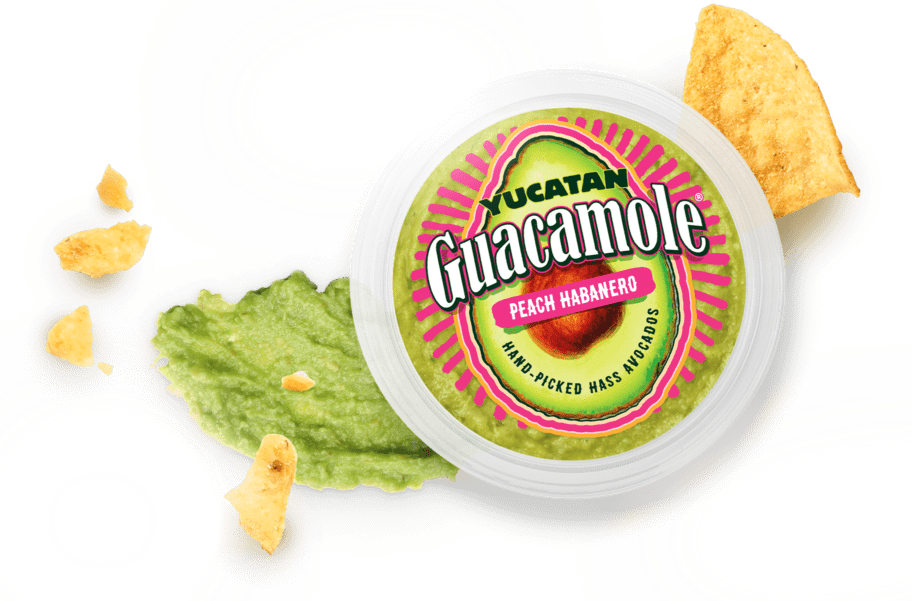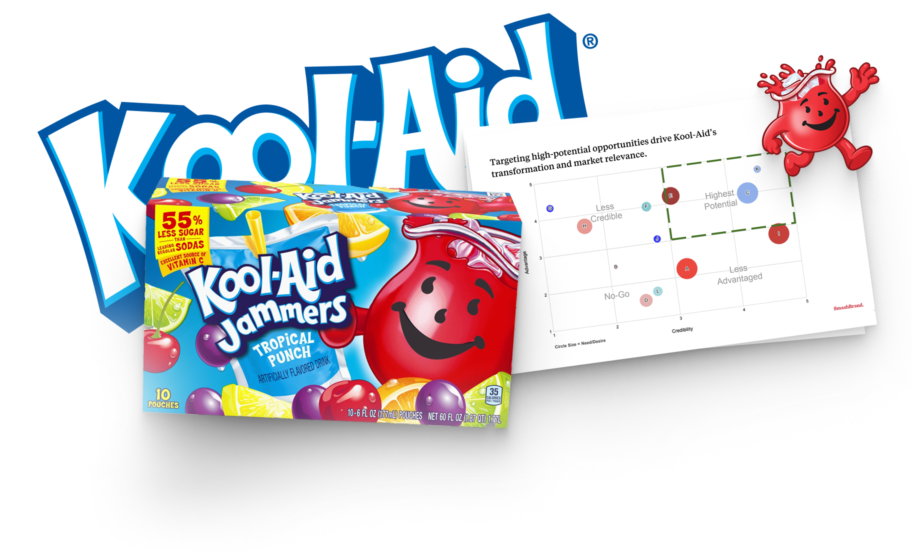Building a beverage brand isn’t for the faint of heart. The cost of flavor R&D, bottling, and the ever-punishing shipping fees is enough to make most founders think twice. But when your product is too good to ignore, shelving the idea feels like a loss for everyone. That’s when it’s time to take a stand, place your bet, and declare your intent to compete and win in a saturated market.
Success starts with beverage branding that reflects your product’s edge. A strong beverage package design connects instantly with consumers, setting expectations before they take a sip. Drinks packaging design must capture attention in seconds and hold it through visual storytelling. Your drink packaging design should strike a balance between function and aesthetics, enhancing both shelf appeal and usability.
Soft drink packaging design, in particular, benefits from bold, emotionally resonant cues. Unique beverage packaging isn’t just a nice-to-have—it’s a competitive advantage. Branding drinks with precision and purpose elevates your product from shelf filler to category leader. With the right drink design strategy, you’re not just launching a product; you’re building a brand that lasts.
Product Packaging For Beverages
A custom drink package design can determine whether your innovation thrives or remains unnoticed. The reality? If consumers overlook your product on the shelf, it won’t matter how great it tastes.
Unlike other categories, beverage brands have limited access to direct-to-consumer or local retail strategies. That means your drinks branding and packaging design must compete head-to-head with the most prominent players in the market. There’s no room for error when the stakes and competition are this high.
Effective food and beverage packaging design goes beyond aesthetics. It’s about creating a visual and functional experience that earns consumer trust and converts interest into trial. When designing packaging for drinks, every detail from form factor to label hierarchy needs to serve a purpose.
Before investing in production, set aside budget for what matters most: expert packaging strategy. A rushed job may save time, but in this category, cutting corners leads to being cut from shelves. Soda packaging design, especially, requires bold differentiation in a sea of sameness. In short, if you want to last, you can’t just launch—you have to dominate.
Beverage Packaging Design Strategy
When we say custom product packaging, this doesn’t mean you need to be the innovator of box wine. While that may be a unique design approach, there are less subtle ways to distinguish your product. There may be smaller yet more impactful methods for holding the consumer’s attention for long enough to enter the consideration phase.
When considering your beverage packaging design strategy, start by examining the existing options within the relevant market subcategories.
Borrowing From the Beverage Industry
Oscar Wilde said that “imitation is the greatest form of flattery.” Having a swipe file of beverage packaging and label design examples is the first step. By looking at beverage packaging examples, you will have opportunities to leverage what already exists within the industry.
It is also a great way to find gaps where ideas have not yet surfaced.
Since the number of subcategories in the beverage industry is plentiful, you can look at non-competitive products for creativity and to stimulate ideation. Let’s review those categories now.
Soda Pop Packaging
Soda became the first widely marketed beverage category, and it still holds much of the same classic packaging design from its origins. Beverage brands in this market understand the need to stay current while embracing the historical look that consumers recognize.
Coca-Cola offers a good example of this. They use a purchase driver promoting their 100% recycled, eco-friendly packaging, yet it holds almost 100% of the brand elements that encourage consumer recognition.
Unlike most sustainable products, Coca-Cola does not use shades of brown and green to promote its natural beverage packaging.
Energy Drink Packaging
Convenience, stimulants, and a great taste = a recipe for success.
But a recipe that is this successful creates a heavy competitive landscape for this beverage category. Brands will always chase a category experiencing a sharp rise in consumer demand.
Loud colors filled the coolers stocked with energy drinks. Unfortunately, their “hey look at me” designs didn’t work as they expected. Being the loudest did not translate into a revenue takeover.
Historically, when creating their beverage can, popular energy drink companies found a balance between attention and appeal. Every major brand, including Red Bull, Monster, and Bang, strategically chose from the color palette. We can learn a lesson from the energy drink category that bright packaging isn’t always a good idea.
Packaging For Alcoholic Drinks
It’s no wonder that alcohol containers have unique and innovative packaging. With the price of alcoholic beverages being higher than that of other beverage categories, they yield greater gross profits. But you do not need to sell beer, wine, or liquor to take advantage of their packaging strategies. You can borrow from their concepts, as costs become lower when a packaging company can scale its production.
Piggyback off these concepts. Look to the alcohol industry as the early innovator and then identify the cost-effective opportunities to borrow from their packaging concepts.
Water Packaging
Here is a category where brand identity is a requirement for shelf success. Customers already know the general benefits of water (uh, it keeps you alive!). What consumers do not know is how brands treat, process, and package the water.
Water brands have done an incredible job of crafting a compelling brand story. They market their products by creating an appeal that resonates well beyond hydration. We can examine water brands for their sustainability, storytelling, and ability to build a compelling argument about why a free resource deserves a premium price.
This results in a brand loyalty strong enough to make psychologists say, “We should research that.” When you watch someone walk around with boxed water, recognize the statement they make by promoting this attention-grabbing packaging solution.
Nutritional Drink Packaging
If fitness experts agree that most nutritional drinks are garbage, why do they hold such a strong shelf presence? The answer: consumers don’t really understand what to look for on the back of the label. The front of the nutrition label has the most significant impact on purchasing decisions.
Nutrition drinks have done a great job of keeping the main thing the main thing. They know the purchase drivers that work, and beyond this point, they keep packaging simple.
With that said, we believe this category is primed for disruption. Contact us if you are a beverage company looking to break through the nutritional drink category. Our package design testing process will identify opportunities where you can win on-shelf.
Wellness Beverage Packaging Design
Functional beverages are all the craze, but visit any last-chance discount grocery chain, and you will notice a trend. Infused wellness beverages own a sizable chunk of the discounted aisle. Bargain markets sell these specialty beverages for approximately 20-40% of their retail cost.
This results from mediocre product packaging. Trending ingredients come and go, but even at their peak, communicating a purchase driver needs to be more unique than “with l-theanine.”
A beverage brand can and should sample many of the wellness drinks in the market. It is essential to understand how closely a product’s flavor profile matches its actual taste. Functional beverages can be hard to flavor, and many brands market a 10 out of 10 flavor explosion when, in reality, it is a bitter six.
When expectation does not match, the product’s destiny is direct to the grocery discounter. Not a good look for a new brand…
Juice Packaging
Juice packaging traditionally includes an aesthetic approach. Whether it is the oversized pourable jug or a squeezable package, juice drinks encourage a seamless flow from package to product.
Unfortunately, the sleek look is not enough to undermine consumers’ concerns about high sugar content. The juice industry is experiencing a decline, but as with any recession, opportunities are available to those who look for them.
Hydrating juice products with reduced sugar content and a nourishing appeal are doing well. Tree Tops Fruit and Water recognized this opportunity but knew that competition was on the way.
By working with our beverage packaging design company, they chose to optimize their healthier juice drink for maximum purchase intent.
Beverage Packaging Design Trends
Having reviewed design examples from several categories, we now turn our attention to consumer trends. Setting aside branding for a moment, let’s examine the opportunities that packaging manufacturers can offer.
Sustainability in Beverage Packaging
We have known for years that recycling bottles is a good idea, but how many of you knew what that bottle would become? Now, with sustainability on the rise, natural beverage brands have captured a significant market share, forcing corporate brands to take action.
Like the example of Coca-Cola, nationally distributed beverage companies are shifting towards a more sustainable business model. Eventually, the term “sustainable” will become white noise, and beverage companies will need to find ways to differentiate themselves. Brands will need to take a lesson from water companies and similarly tell this process, “from the source.”
Merging the In-Store and Online Experience
With the emergence of Amazon and Smartphones, we witnessed heads drop into phones when shopping for consumer packaged goods. But this rarely affected the consumable CPG products, since saving a quarter wasn’t worth the effort.
Now, however, we have an additional reason to grab our phones and search. Innovative packaging featuring QR codes, NFC, and RFID chips can enhance the shopping experience for our customers. The longer the experience, the more lasting the impression we leave in the consumer’s brain.
The effectiveness of innovative packaging depends on the demographic. A mom with a screaming toddler will not take time to search out your frozen popsicle recipe when choosing a juice box. They’re looking for kid-friendly packaging they can quickly hand off to a screaming toddler.
Innovative CPG packaging is better suited for Gen Z, who have embraced the experience economy. If this generation gives thought to how unique shoelaces help connect a culture, smart juice boxes may make them feel a part of the brand.
A Healthy Focus
Every consumer journey is unique, especially those focused on making healthier choices. The job of the packaging designer isn’t to tell people where they should be; it is to meet them where they are. Brands recognize the growing trend for healthier choices and are positioning their products one step closer to the invisible finish line.
At the beginning stages, we see sugar-filled sodas switching to natural sugars. At the end of a journey, it may be a diet drink changing its sweetener from aspartame to stevia. For an alcoholic beverage, it might transition from commercially farmed sources to organic ingredients.
How can you position your product one step closer to the healthier mindset of the consumer? Make this conversation a key part of your brand strategy.
Premium Packaging at an Affordable Price
The increasing popularity of glass bottles is a sign that consumers want premium packaging. Water in a glass bottle obviously tastes better than water in a plastic bottle. Whether you agree or disagree with this statement, consumers believe that packaging changes the experience (even taste) of a beverage.
As mentioned, when production increases for specific types of packaging, the pricing decreases. Can your product differentiate itself by offering a premium package, thereby reclaiming shelf space previously occupied by boring packaging designs?
Using basic bottles and cans may not be enough to showcase your beverage innovation and packaging. Consider giving some extra love to your packaging that brings freshness to a stale beverage category.

Nice Package
Don’t miss out on our monthly newsletter Nice Package!
Each month, we deliver a data-driven newsletter directly to your inbox, unpacking a critical topic in the FMCG & CPG industry.
"*" indicates required fields
Data-Driven Brand Development
Looking for a packaging design company that delivers more than promises? SmashBrand integrates strategy, testing, and design to create packaging that wins at shelf and accelerates sales. We back it with data and a guarantee. Don’t gamble with your brand. Choose a partner obsessed with performance.
Discuss your project with our team.
Subscribe to
Nice Package.
SmashBrand’s Nice Package: Stay current with our latest insights
Free Resource.

CPG product repositioning guide.
Explore the five undeniable signs your CPG product needs repositioning along with strategies for leveraging consumer insights for a guaranteed market lift.
Download Whitepaper About CPG product repositioning guide.


